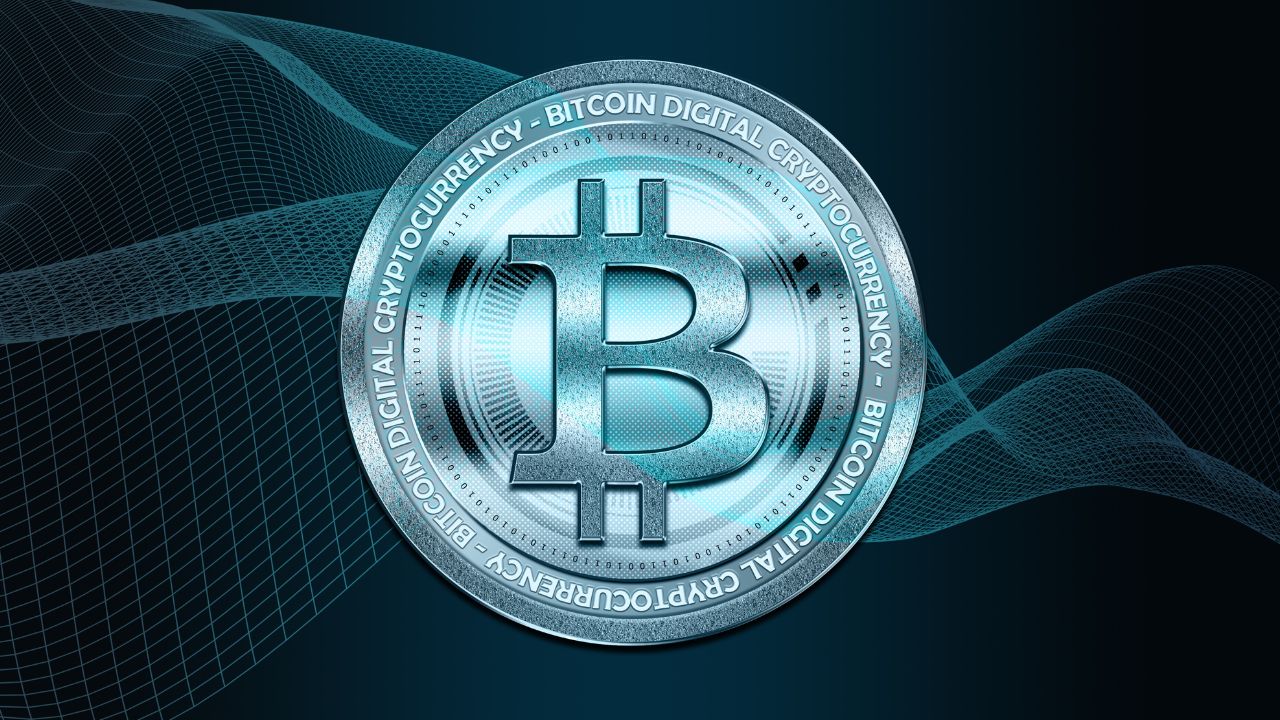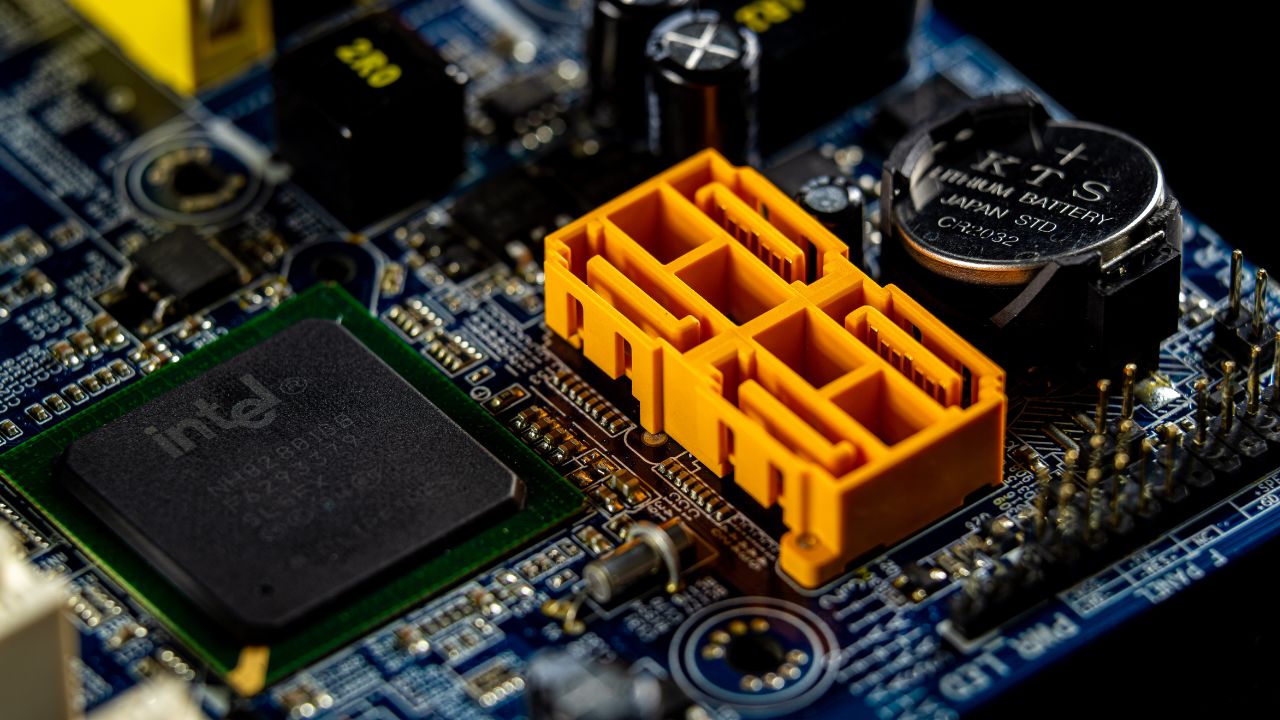
Metaverse I Source: https://community.nasscom.in
- The Metaverse can be understood as a collective virtual shared space that includes a combination of physical reality, virtual reality, and augmented reality.
- It provides a persistent and immersive digital universe beyond the traditional video game environment where users can interact with each other and the virtual world.
- It is characterized by its immense scale, continuous growth, and ability to support a wide variety of experiences and activities.
Metaverse Meaning
Metaverse is defined as a virtual reality space where people can interact with each other and digital objects in a shared environment.
The concept of the Metaverse has gained significant attention and interest in recent years due to advances in technology and the growing popularity of virtual and augmented reality experiences.
Concept of the Metaverse and its key features
- Persistence and Continuity: One of the key features of the Metaverse is its persistence and continuity. Unlike traditional video game environments limited to specific instances or sessions, the Metaverse is designed to exist continuously.
It is a living and evolving digital world that persists regardless of whether individual users exist or not. This allows for a sense of ongoing progress and shared experiences within the Metaverse.
- Scalability and vastness: The Metaverse is characterized by its enormous scale and vastness. It is not limited to any one game or platform but consists of multiple virtual worlds, each with its own unique environment, theme, and gameplay mechanics.
These virtual worlds can be seamlessly linked, allowing users to explore and navigate different experiences within the Metaverse.
- Interconnectivity and Interoperability: Another key feature of the Metaverse is its interconnectivity and interoperability.
It acts as a bridge between different virtual locations, allowing users to cross between different games, platforms, and experiences without the need for separate logins or accounts.
This interconnected nature fosters collaboration, communication, and shared experiences among users in different virtual worlds within the Metaverse.
- User-Driven Content and Creativity: The Metaverse encourages user-driven content creation and creativity.
Users have the ability to shape and contribute to the virtual environment by creating and sharing their own content, such as virtual items, avatars, environments, and experiences. This user-generated content increases the richness and diversity of the Metaverse, providing endless possibilities for customization and personalization.
- Social interaction and community: Social interaction and community-building are integral aspects of the Metaverse. Users can connect and interact with each other through avatars, voice chat, messaging systems, and other communication tools.
This social aspect fosters a sense of community, enabling users to build relationships, collaborate on projects, participate in events, and engage in multiplayer experiences within the Metaverse.
- Virtual economies and transactions: The Metaverse often includes virtual economies where users can engage in buying, selling, and trading virtual assets and currencies.
These virtual economies can be driven by in-game transactions, virtual item marketplaces, and other economic systems.
Users can acquire and customize virtual assets, participate in virtual events, and earn real-world value through their activities within the Metaverse.

Features of Metaverse I Source: https://dreamcast.co/blog
Technological Advancement Behind the Metaverse
- Virtual Reality (VR) and Augmented Reality (AR): Virtual Reality (VR) and Augmented Reality (AR) technologies are integral parts of the Metaverse.
VR immerses users in a fully digital environment, usually through a headset that tracks their head movements and provides a 360-degree view.
AR overlays digital content in the real world, allowing users to interact with virtual elements while still being aware of their physical surroundings.
These technologies enhance the sensory experience within the Metaverse, allowing users to feel present in the virtual environment and interact with it more naturally.
- High-speed internet and connectivity: Metaverse relies heavily on high-speed internet and strong connectivity to provide users with a smooth and immersive experience.
High-speed Internet ensures smooth communication between users, real-time interaction, and minimal latency, enabling multiplayer experiences within the Metaverse. Additionally, advances in network infrastructure, such as 5G networks, provide the bandwidth and low latency needed for real-time interaction and streaming of high-quality content in the Metaverse.
- Cloud Computing and Distributed Systems: Cloud computing plays a vital role in supporting the sheer scale and computational requirements of the Metaverse.
The Metaverse relies on cloud-based infrastructure to store and process massive amounts of data, manage interconnected virtual worlds, and deliver content to users in real-time.
Cloud computing enables distributed systems, allowing multiple servers and data centers to collaborate and different virtual worlds within the Metaverse.
- Artificial Intelligence (AI): Artificial Intelligence (AI) techniques are employed in the Metaverse to enhance various aspects of the user experience.
AI algorithms can be used to create intelligent NPCs (non-player characters) that exhibit realistic behavior and react dynamically to user interactions. AI-driven algorithms also help with content creation; procedural world-building and adaptive gameplay systems within the Metaverse, making virtual environments feel more dynamic, responsive, and engaging.
- Spatial Computing: Spatial computing refers to the integration of virtual and augmented reality with the physical world, enabling users to interact with digital content in a spatial context.
This includes techniques such as simultaneous localization and mapping (SLAM) and computer vision to track the user’s position and movements with respect to the virtual environment.
Spatial computing facilitates user immersion, natural interactions, and seamless integration of virtual elements with the real world, contributing to the immersive and interactive nature of the Metaverse.
- Blockchain and Decentralization: Blockchain technology and decentralized systems are gaining traction within the Metaverse primarily for establishing virtual asset ownership, secure transactions, and trust between users.
Blockchain enables the creation of virtual economies and digital scarcity, where users can securely own, trade, and monetize virtual assets.
Additionally, decentralized systems provide the ability to distribute content, governance, and control across multiple participants, promoting a more democratic and user-centered approach to the Metaverse.
Immersive gameplay in the Metaverse
- Realistic graphics and physics: Immersive gameplay in the Metaverse is often characterized by realistic graphics and physics.
Advanced rendering techniques, high-resolution textures, and sophisticated lighting models are used to create visually stunning and vibrant virtual environments. Realistic physics engines simulate the behavior of objects, enabling interactions with the virtual world to feel more natural and immersive.
These elements combine to heighten the sense of presence and realism, drawing players deeper into the Metaverse.
- Virtual Reality (VR) Integration: Virtual Reality (VR) plays an important role in enhancing immersion in the Metaverse.
VR headsets and motion controllers enable players to experience the virtual world from a first-person perspective, allowing for a more immersive and intuitive gameplay experience.
The ability to physically move and interact with the virtual environment using natural gestures and body movements enhances the sense of presence and agency within the Metaverse.
- Spatial audio and 3D sound: Immersive gameplay in the Metaverse often includes spatial audio and 3D sound technologies. These technologies create an immersive audio experience where sounds are located in three-dimensional space, accurately reflecting their source and location within the virtual environment.
Spatial audio enhances immersion by providing players with a sense of directionality and depth, allowing them to detect and react to sounds in a more realistic way.
- Haptic Feedback and Sensory Enhancement: Haptic Feedback and Sensory Enhancement further contribute to the immersive gameplay in the Metaverse. Advanced haptic devices, such as haptic gloves or vests, can provide tactile feedback, allowing players to feel virtual objects and sensations within the game.
This feedback can range from simple vibrations to more complex sensations, adding an extra layer of realism and immersion.
Sensory enhancements, such as wind or temperature simulation, can also be integrated into virtual environments to provide a more multisensory experience.
- Multiplayer Interaction: The Metaverse emphasizes multiplayer interaction, fostering social experiences and cooperation between players.
Immersive gameplay in the Metaverse often involves shared virtual spaces where players can meet, communicate, and collaborate in real time. Multiplayer interactions can range from cooperative gameplay to competitive PvP (player versus player) experiences, allowing players to engage with each other and form social relationships within virtual worlds.
Opportunities and Challenges
- Expanded Possibilities for Gaming: The Metaverse opens up new and expanded possibilities for gaming. It provides a platform for developers to create innovative and immersive experiences that transcend the boundaries of traditional gaming environments.
The Metaverse allows for large, interconnected virtual worlds, multiplayer interactions, user-generated content, and enhanced social experiences, offering a more diverse and engaging gaming landscape.
- Enhanced Social Interaction: The Metaverse enables increased social interaction within the gaming space.
Players can connect with a global community of gamers and collaborate, make friends, and participate in shared experiences.
The Metaverse promotes socialization and community-building on a large scale, giving players the opportunity to meet and connect with like-minded individuals from different backgrounds and cultures.
- Creative expression and user agency: Metaverse empowers users with creative expression and agency.
Users can create and customize their avatars, design virtual spaces, and contribute to the virtual environment through user-generated content.
This allows for personalized and unique experiences, giving users the opportunity to shape the Metaverse according to their preferences and creativity.
- New Economic Opportunities: The Metaverse presents new economic opportunities through virtual economies and markets.
Users can buy, sell and trade virtual assets, participate in virtual events, and potentially earn real-world value through their activities within the Metaverse.
It opens up avenues for entrepreneurship, virtual goods creation, and digital asset ownership, providing new avenues for economic growth and participation.
Challenges
- Technological Complexity and Infrastructure: The Metaverse requires a sophisticated technological infrastructure to support its enormous scale and complexity.
This includes robust networking capabilities, high-performance computing, and storage systems. Building and maintaining such an infrastructure presents challenges in terms of cost, scalability, security, and data management.
- Standardization and Interoperability: Interoperability and standardization are important challenges for the Metaverse.
As the Metaverse consists of multiple virtual worlds, platforms, and ecosystems, it is necessary to establish seamless connectivity and compatibility between them. This requires industry collaboration, open standards, and frameworks to ensure a coherent and interconnected Metaverse experience.
- Privacy and Security: Privacy and security are important concerns in the Metaverse. As users engage in social interactions, transactions, and share personal information, ensuring data privacy and protecting against cyber threats becomes paramount.
Developing robust security measures, user control over data, and addressing potential risks such as identity theft or fraud are key challenges.
- Inclusivity and Accessibility: The Metaverse should strive for inclusivity and accessibility to ensure that it is accessible to a wide range of users, including those with disabilities, technical abilities, and different socioeconomic backgrounds.
Overcoming barriers such as affordability, hardware requirements, and usability challenges is critical to making the Metaverse truly inclusive and accessible.
- Ethical Considerations: Metaverse raises ethical considerations regarding user rights, content moderation, ownership of virtual assets, and digital economies.
Ensuring fair and ethical practices, addressing issues such as addiction, harassment, or exploitation, and promoting responsible use of the Metaverse are important challenges that need to be addressed.
The future of immersive gaming
- Advances in Virtual Reality (VR) and Augmented Reality (AR): Virtual reality and augmented reality technologies will continue to advance, providing more immersive and realistic gaming experiences.
The development of lighter, more comfortable, and affordable VR headsets with higher resolutions and wider fields of view will enhance the sense of presence and immersion. Augmented reality will also evolve, seamlessly integrating virtual elements into the real world, allowing for interactive and immersive gaming experiences within our physical environments.
- Enhanced Haptic Feedback and Sensory Experience: Haptic feedback technologies will continue to improve, providing more nuanced and realistic sensations in gaming.
Advances in haptic gloves, vests, and other devices will allow players to feel a wider range of tactile feedback such as texture, impact, and vibration.
- Artificial Intelligence (AI) and Procedural Content Generation: AI will play a key role in shaping the future of immersive gaming.
AI algorithms will become more sophisticated in generating dynamic and personalized content, adapting gameplay based on player behavior and preferences, and creating intelligent and lifelike NPCs (non-player characters).
Procedural content creation technology will enable the creation of vast and diverse virtual worlds with rich environments and gameplay experiences, ensuring endless possibilities for exploration and engagement.
- Seamless integration of the physical and digital worlds: The future of immersive gaming will involve seamless integration of the physical and digital worlds.
This integration will be facilitated by advances in spatial computing, allowing players to interact with virtual objects and characters in a more natural and intuitive way.
Mixed reality experiences will blur the boundaries between the real and the virtual, creating truly immersive and interactive gaming environments that seamlessly blend physical and digital elements.
- Integration of Blockchain Technology: Blockchain technology will potentially play a significant role in the future of immersive gaming.
The use of blockchain can enable the secure ownership and trading of virtual assets, ensuring transparency and trust within virtual economies.
It can also facilitate decentralized governance and user-driven content creation, giving players greater control over virtual environments and fostering a sense of ownership and participation in the gaming ecosystem.
Conclusion
The concept of the Metaverse represents a new era of immersive gaming that has immense potential to transform the way we play, interact and experience virtual worlds.
It promises a future where players can enter vast, interconnected virtual environments that offer unprecedented levels of immersion, social interaction, and creative expression.
The Metaverse, with its mix of virtual reality, augmented reality, advanced technologies, and shared online locations, opens up exciting opportunities for gamers.
This provides expanded possibilities for gameplay, enabling developers to create immersive and realistic experiences that go beyond the limits of traditional gaming environments.
Realistic graphics, spatial audio, haptic feedback, and VR integration transport players into rich and interactive virtual worlds where they can adventure, compete, collaborate, and socialize with a global community of gamers.










